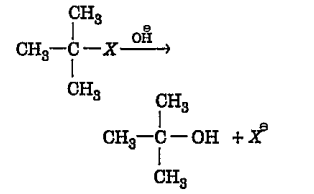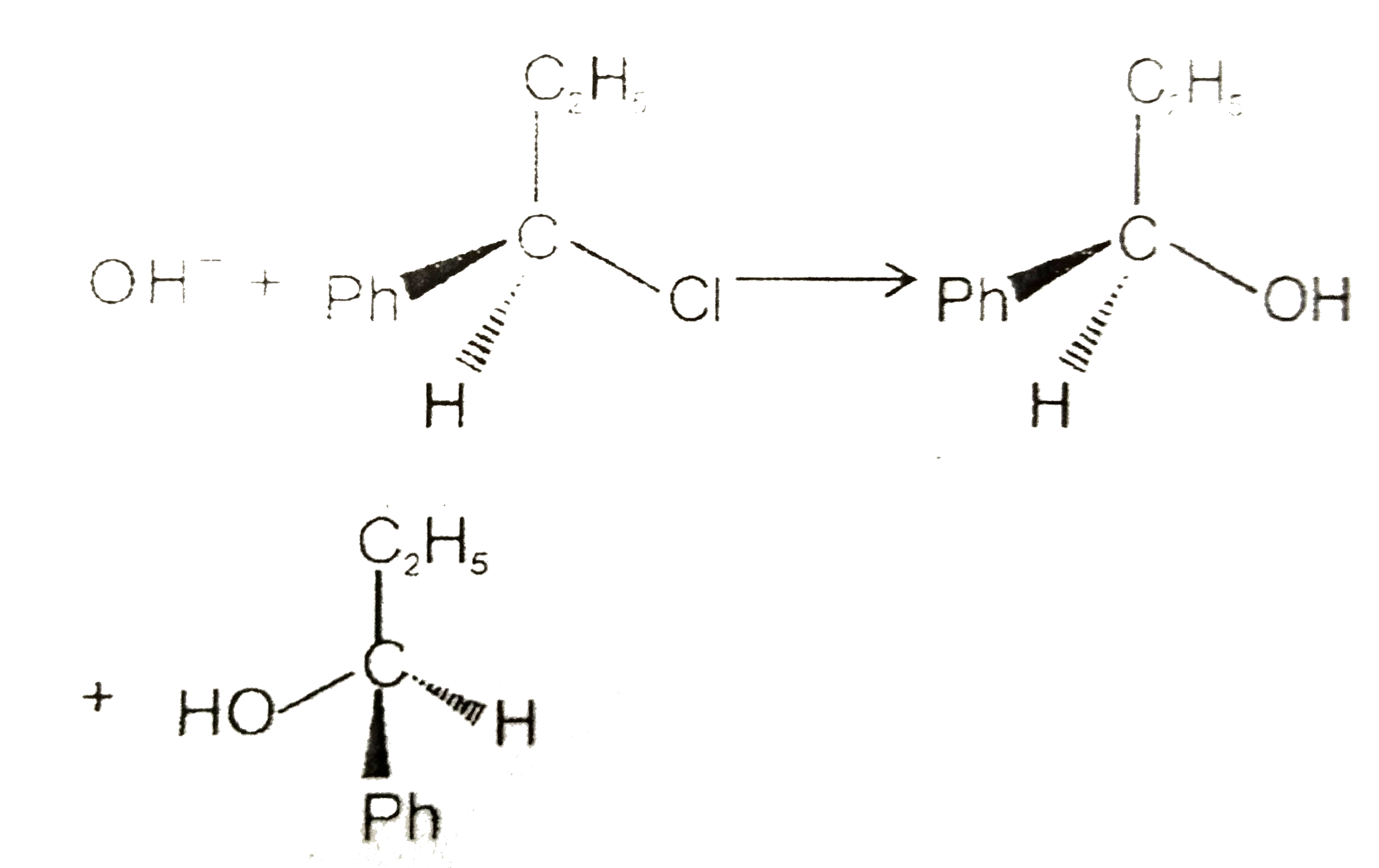Which of the following statement is correct for the mechanism for oxytocin hormone ?
It crosses the target cell membrane and entre inside the target cell.
It binds to specific intracellular receptor to form H - R complex.
It generates secondary messengers inside cell to give physiological response.
All of the above
The correct Answer is:C
Step by step video, text & image solution for Which of the following statement is correct for the mechanism for oxytocin hormone ? by Biology experts to help you in doubts & scoring excellent marks in Class 12 exams.
Updated on:21/07/2023Topper's Solved these Questions
Similar Questions
Knowledge Check
Which of the following statement is incorrect for hormones?
AThey are non-nutrient chemicalsBConsidered as intercellular messengersCAct only on their target cells through receptorDFat soluble hormones act through secondary messengesrWhich of the following statement is incorrect w.r.t the mechanism of breathing ?
AThe movement of air into and out of the lungs is carried out by creating a pressure gradient between the lungs and atmosphere.BInspiration is initiated by the concentration of diaphragm which increases the volume of thoracici chamber.CThe contraction of external intercostal muscles lifts up the ribs and sternum causing decrease in the volume of thoracic chamber.DOn an average, a healthy human breathes 12-16 times/ min.Which of the following statements are correct about the mechanism of this reaction ?
AA carbocation will be formed as an intermediate in the reactionBOH− will attach the substrate (ii) from one side and Cl− will leave it simultaneously from other sideCAn unstable intermediate will be formed in which OH− and Cl− will be attached by weak bondsDReactions proceeds through SN1 mechanism
Which of the following statements are correct statements ?
View Solution
Which of the following statements are correct about the mechanism of this reaction?
View SolutionWhich of the following statement(s) is/are correct about the mechanism of this reaction?

View SolutionWhich of the following statements is correct about the working of steroid hormone?
View SolutionWhich of the following statement is correct about the mechanism of an enzyme-catallysed reaction?
View Solution

